🐾 Puppy Training 101: How to Train and Educate Your Puppy at Home
🐶 Introduction
Every puppy is curious, playful — and sometimes, a little wild.
From biting to barking, new owners often face challenges that can feel overwhelming.
But here’s the secret: behavior problems are just communication problems.
Your puppy isn’t being “bad” — they’re just learning how to live in your world.
In this guide, you’ll discover natural, positive techniques to fix unwanted puppy behaviors while strengthening your bond.
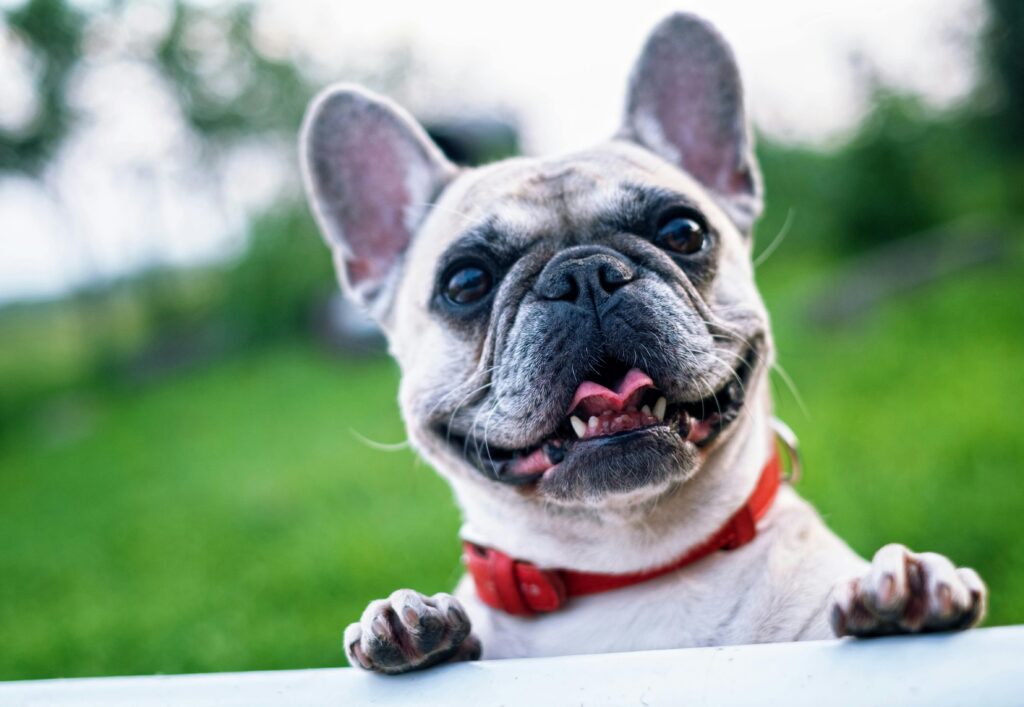
🧠 Understanding Puppy Behavior
Puppies don’t act out of spite — their behavior reflects their instincts, environment, and needs.
Most problems come from boredom, lack of exercise, or mixed signals.
✅ Your job as a puppy parent:
- Be patient and consistent
- Reward calmness, not chaos
- Redirect energy, don’t punish it
🐕🦺 Good behavior is taught, not demanded.
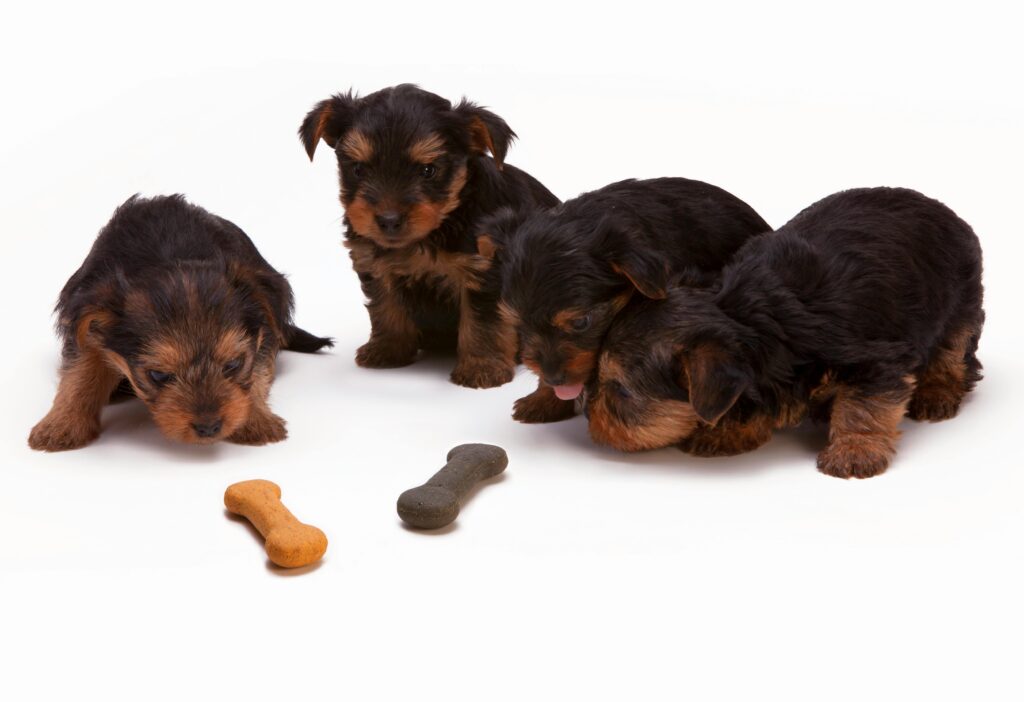
🦴 Common Puppy Behavior Problems (and How to Fix Them)
🐕 1. Puppy Biting and Nipping
Puppies explore the world with their mouths — it’s natural.
But you can teach them that human skin isn’t a toy.
What to do:
- Say “No” firmly and offer a chew toy instead
- Praise when they bite the toy
- Stop play briefly if they bite too hard (timeout = learning)
💡 Frozen carrots or rubber teething toys work great during the teething phase.
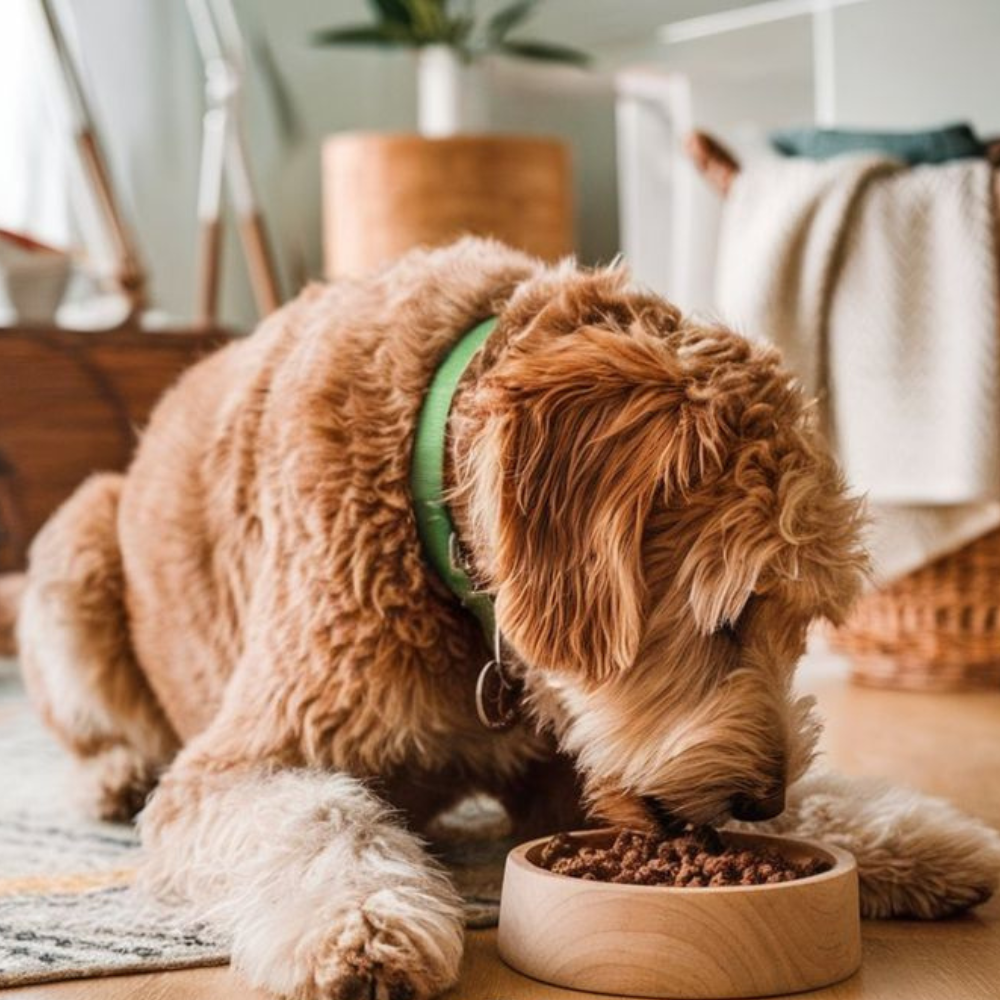
🐶 2. Jumping on People
Puppies jump to seek attention or excitement.
Fix it by:
- Ignoring them until all paws are on the floor
- Rewarding calm greetings
- Teaching the command “Sit” before saying hello
❌ Don’t push them down — it becomes part of the game.
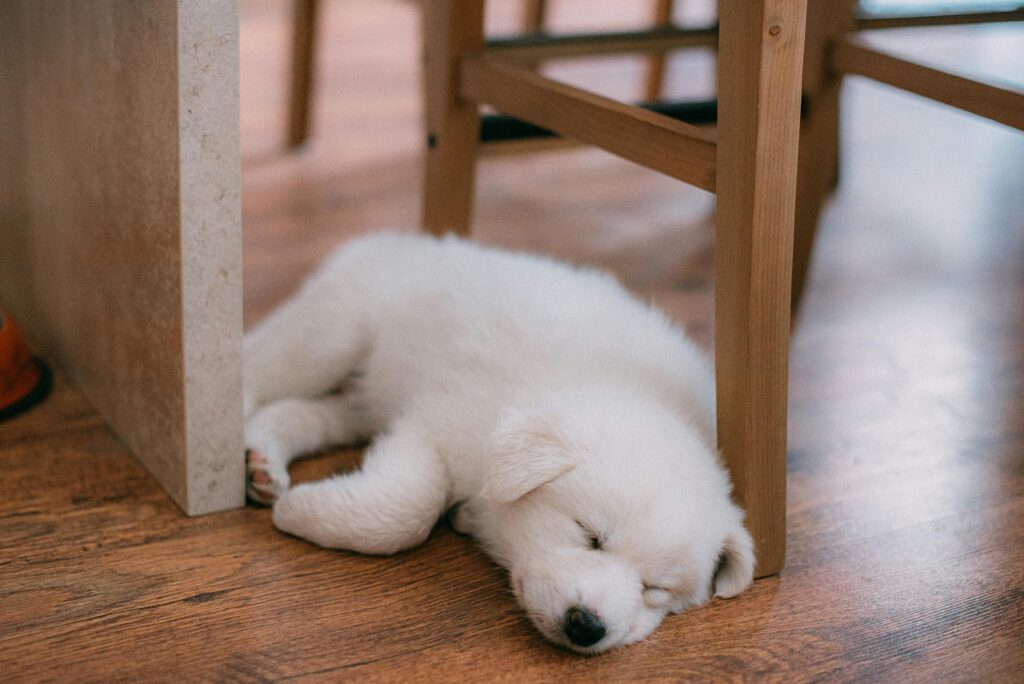
🗣️ 3. Excessive Barking
Barking is communication — it can mean excitement, fear, or boredom.
Solutions:
- Identify the cause (boredom? doorbell? fear?)
- Teach “Quiet” by rewarding silence
- Increase exercise and playtime
💬 A tired puppy is a quiet puppy.
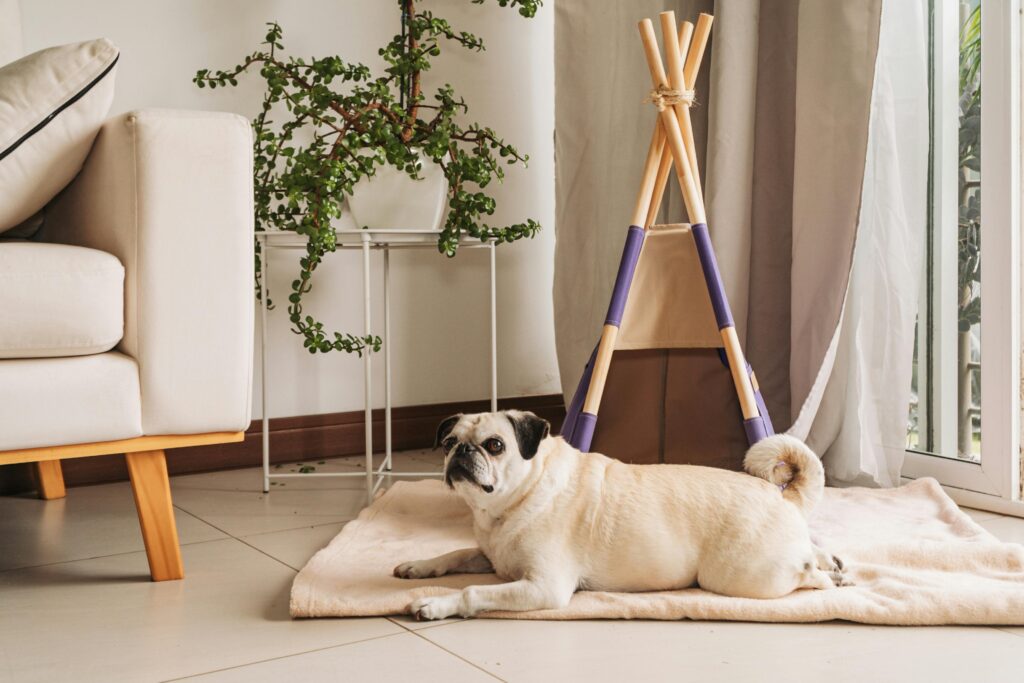
🪑 4. Chewing Furniture and Shoes
Chewing soothes teething pain and relieves stress.
How to stop it:
- Provide safe chew toys
- Spray bitter apple deterrent on furniture
- Keep shoes and cords out of reach
🎯 Redirect, don’t punish — always show what to do instead of what not to do.
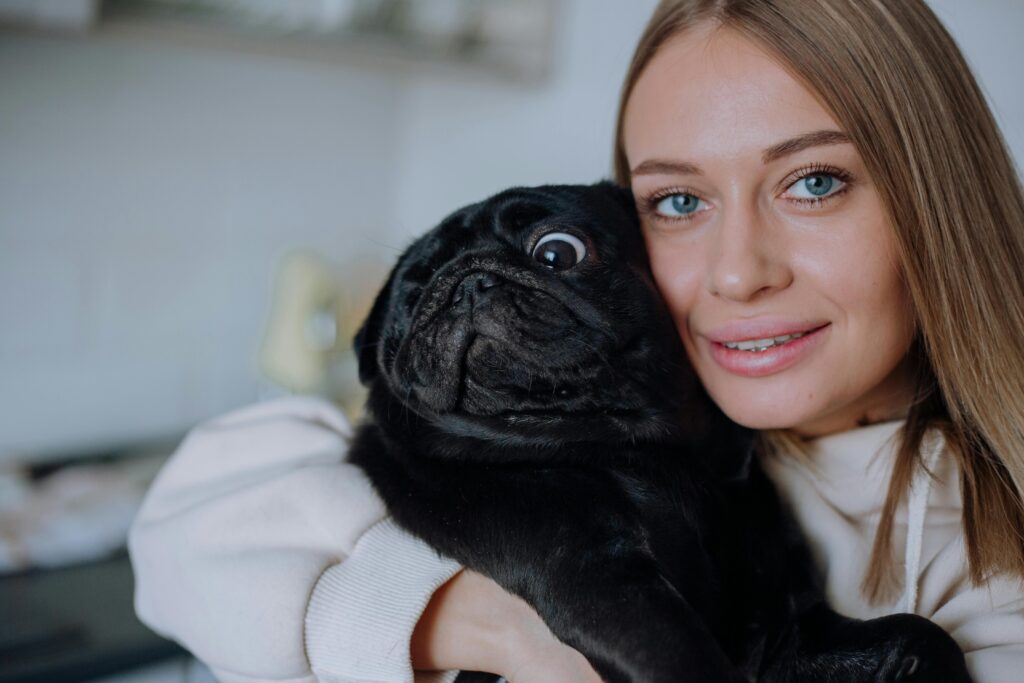
💤 5. Separation Anxiety
If your puppy cries when left alone, it’s normal — they’re learning independence.
Steps to ease anxiety:
- Start with short absences (2–5 minutes).
- Leave a piece of clothing with your scent.
- Use calm departures — no big emotional scenes.
- Reward calm behavior when you return.
💡 Gradual desensitization prevents long-term anxiety.

❤️ Positive Reinforcement: The Foundation of Good Behavior
Reward-based training is scientifically proven to produce calmer, happier dogs.
✔️ Reward good actions instantly.
✔️ Ignore or redirect unwanted behavior.
✔️ Be consistent — puppies learn from repetition, not confusion.
🧠 Think like a teacher, not a disciplinarian.
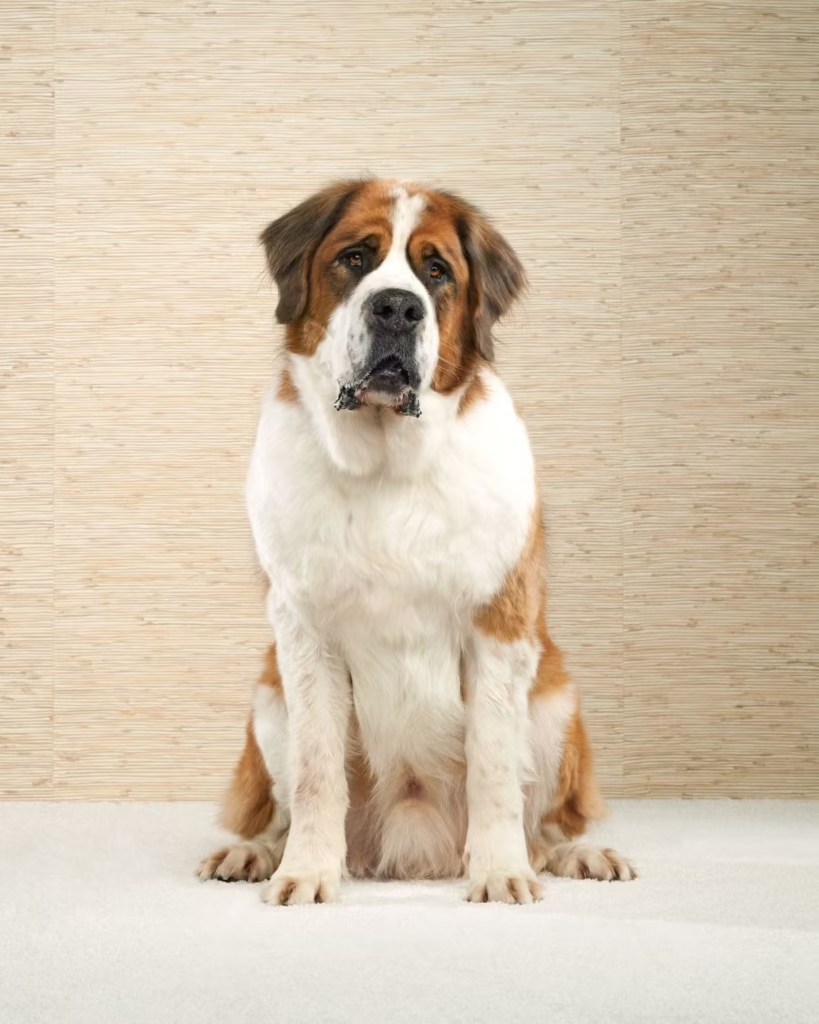
🚫 Behavior Mistakes to Avoid
- ❌ Yelling or hitting (breaks trust instantly)
- ❌ Inconsistent rules (sometimes allowed, sometimes not)
- ❌ Training when frustrated
- ❌ Forgetting to exercise your puppy
Calm consistency always wins.
If you lose patience, take a break — your puppy feels your emotions.

🐾 Conclusion
Every behavior challenge is an opportunity to teach trust and patience.
By understanding your puppy’s needs and guiding them with love, you’ll raise a dog that’s confident, calm, and deeply bonded to you.
💬 Remember: good behavior grows from understanding, not control.
💬 Puppy Behavior FAQ
Why does my puppy bite me during play?
Because they haven’t learned bite control yet. Stop play, redirect, and reward gentle play.
How can I stop my puppy from chewing furniture?
Provide chew toys and limit access to problem areas.
My puppy cries at night — what should I do?
Create a cozy crate space and use a piece of your clothing for comfort.
How do I stop barking when I leave home?
Practice short departures and reward quiet behavior.
Is it normal for my puppy to misbehave at 4 months?
Yes — it’s the “toddler phase.” Stay patient, consistent, and positive.


Leave a Reply